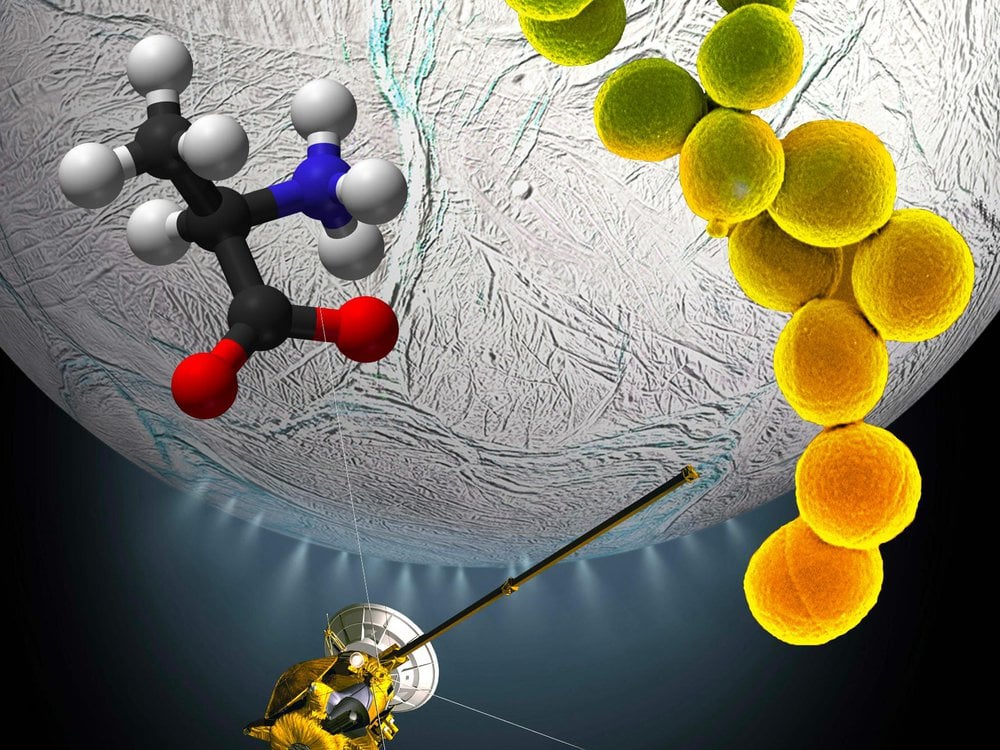


Methane has been proposed as an exoplanet biosignature. Imminent observations with the James Webb Space Telescope may enable methane detections on potentially habitable exoplanets, so it is essential to assess in what planetary contexts methane is a compelling biosignature. Methane’s short photochemical lifetime in terrestrial planet atmospheres implies that abundant methane requires large replenishment fluxes. While methane can be produced by a variety of abiotic mechanisms such as outgassing, serpentinizing reactions, and impacts, we argue that—in contrast to an Earth-like biosphere—known abiotic processes cannot easily generate atmospheres rich in CH4and CO2 with limited CO due to the strong redox disequilibrium between CH4andCO2. Methane is thus more likely to be biogenic for planets with 1) a terrestrial bulk density, high mean-molecular-weight and anoxic atmosphere, and an old host star; 2)an abundance of CH4 that implies surface fluxes exceeding what could be supplied by abiotic processes; and 3) atmospheric CO2with comparatively little CO.